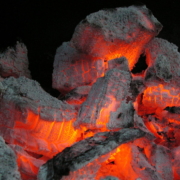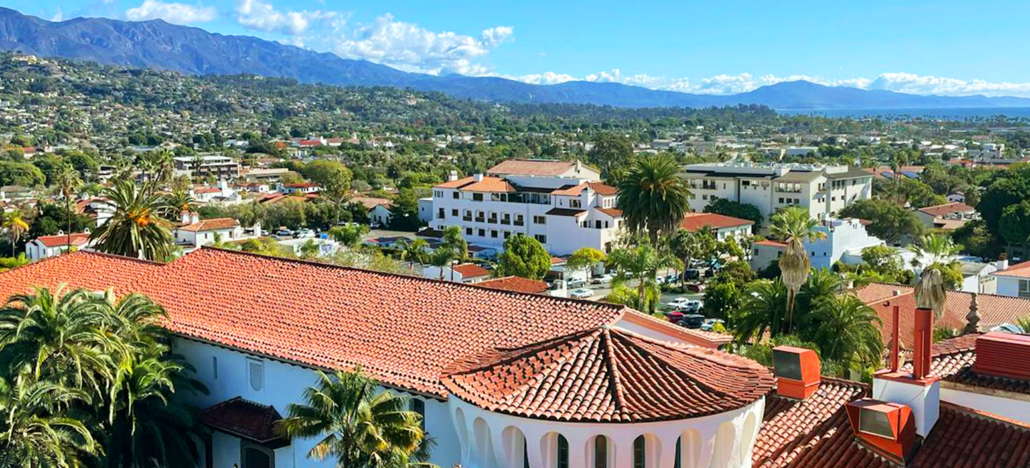Organizational Relationships/Non-Profit Organization Strategy Work
I work with non-profit organizations (boards and staff) to center relational principles and re-orient to a mission-focus. Using tools like Board Skills Matrices and Continuous Process Improvement, we interrogate power, gatekeeping, and where we are operating on the status quo so that we can imagine bigger, more creative solutions to the complex problems we are trying to solve.
Knowing that boards are tasked with making important decisions for communities whose challenges they may not have any lived experience with, it is important to engage in intentionality around who is on a board and how they listen to staff and communities in order to understand the gravity of the work, where and how staff and communities are under-resourced (and how that leads to burnout), and secondary trauma.
I am adept at shifting the hierarchy from Board-staff-community to Community-staff-board and keeping in mind that we are working with NON-profit organizations whose priorities necessarily need to be different than business models rooted in capitalism.

Photo by Jens Buurgaard Nielsen
Grief & Rage Rituals
Communal Grief and Rage Rituals were designed for groups of people to come together to reimagine how to support each other in shared trauma. This work is not about reliving our trauma. I help guide participants as they excavate where grief lives in our bodies, setting up rhythms and rituals that support us as we do that work, connecting our grief to our rage, and creating a container in community that reminds us we are stronger together and able to use the energy of these big emotions to create new patterns of thought and relating to each other and the world.
Typically, this work is done over several sessions, with a mix of inquiry, facilitated discussion, and somatic practices that help us unite body, mind, and spirit as we heal in community.
This may seem wildly disparate from the board/non-profit work I do, but in fact, mission-focused employees often carry a great deal of lived experience with grief that leads them to be incredibly impacted by secondary trauma as they work with communities. This work helps us understand what it is to be together, really together, when things are hard, how we meaningfully resource each other so that we don’t burn out (which is often a result of unmetabolized secondary grief), and put in to practice the lessons around urgency and staying with the trouble when things feel overwhelming.
Coaching
I collaborate with educators & administrators to develop practices that support students’ success and well-being. I also work with staff across nonprofit, educational, and corporate organizations to build relationship-centered approaches.
Grief & Rage Workshop Testimonials
“Thank you for showing us what grief is and how we can heal ourselves.”
“You have given me new tools to heal generations of grief and rage – a gift that will strengthen generations ahead. Thank you!”
“Your wonderful gift of knowledge and vulnerability has made me feel so safe. You met me where I am lovingly and with laughter – that has meant the world to me”
“Thank you for your wisdom and guidance. Thank you for being a safe place to land, for being brave and generous.”
“You provided a way for me to identify things I’d long forgotten and let them go.”
“Grief and Rage workshops are the gift that keeps giving. Thank you for holding such beautiful space.”
“You taught me the difference between discomfort and danger. Thank you for feeling deeply and fully and courageously in all directions and being willing to share your gifts.”





